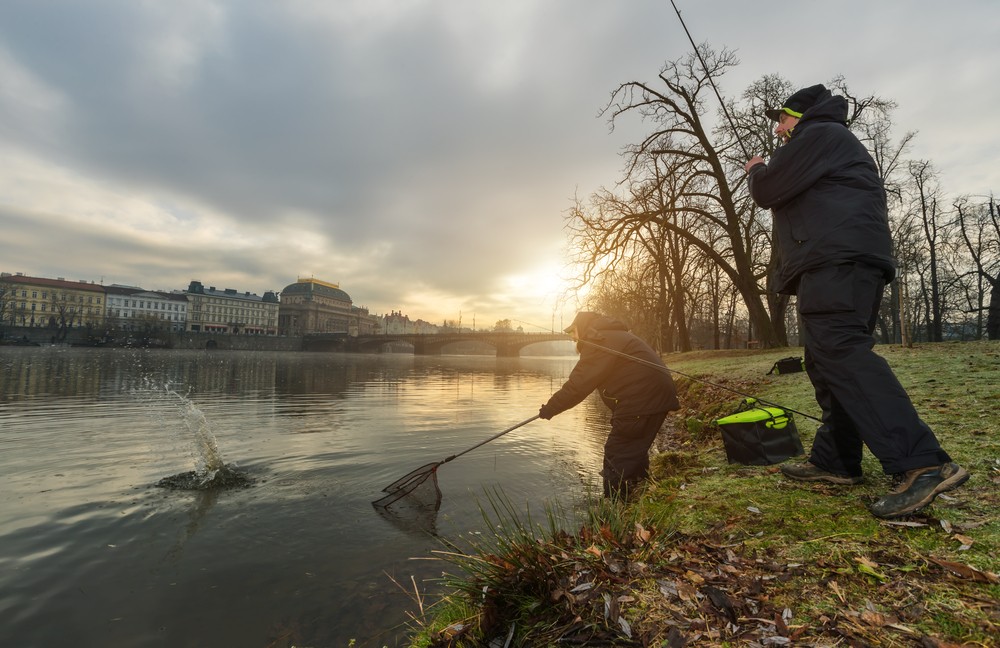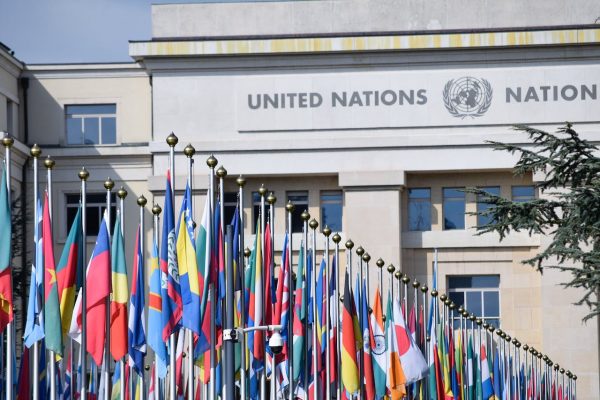The Supreme Audit Office (SAO) has reported that the Ministry of Agriculture efficiently managed and properly followed regulations while distributing over CZK 843 million among 888 projects from the Operational Programme Fisheries 2014-2020. However, the program failed to achieve its primary goal of establishing a producer organization and increasing freshwater fish consumption in the Czech Republic. Despite various criticisms, the Ministry maintains that most of these concerns are unwarranted.
One of the program’s key objectives was to establish producer organizations in the country, responsible for centralized fish and fish product purchase and sale. This setup was meant to provide them leverage while negotiating with retail chains. Nevertheless, the SAO identified a major reason for the plan’s failure: fishermen showed little interest in joining these producer organizations due to the requirement to share their economic and social data. Nonetheless, the Ministry remains committed to supporting the program and anticipates the formation of an association of fish farmers in intensive aquaculture systems, with plans to invite applications in the upcoming year.
Although the promotion projects under the program included increasing freshwater fish consumption, the Ministry had also outlined this objective in the “Multi-Year National Strategic Plan for Aquaculture to 2024.” Regrettably, these efforts had no significant impact on freshwater fish consumption, as evident from the SAO’s statistics. Per capita consumption of freshwater fish declined from 1.29 kilograms in 2017 to 1.23 kilograms in 2021, indicating stagnation in this aspect.
Moreover, the SAO emphasized that the fishing industry’s significance in the domestic economy is marginal. Between 2011 and 2018, its share in the GDP ranged from 0.01% to 0.02%. The real contribution of the industry lies primarily in other functions of ponds, such as water accumulation and landscape retention, as well as activities related to sport and recreation. The Czech Republic boasts 24,000 ponds and reservoirs, covering an area of nearly 52,000 hectares, supporting these essential non-economic functions.


















